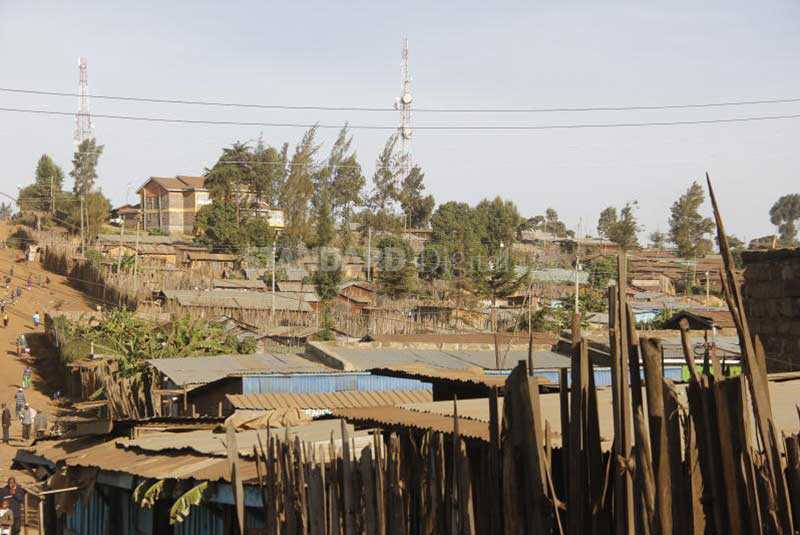×
The Standard e-Paper
Home To Bold Columnists

The mention of Kasarani slums in Elburgon triggers memories of horrendous house fires that occur there almost every month.
The informal settlement, which is home to more than 10,000 residents, was established in 1992, when the national government drove people out of various blocks of Mau Forest in a bid to conserve it.